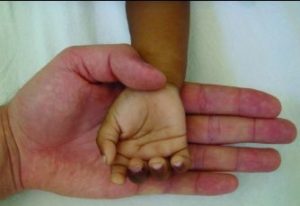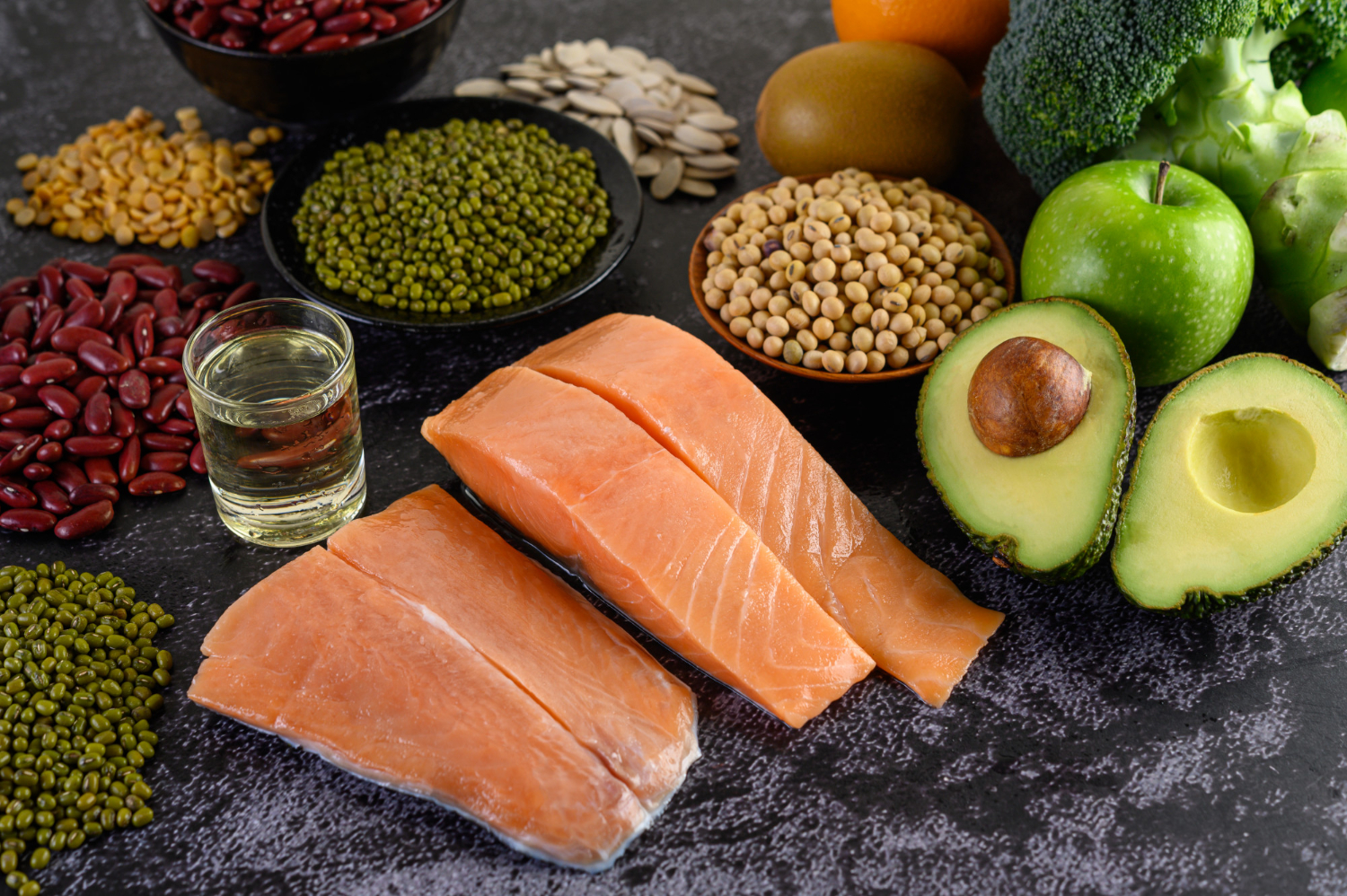Let’s imagine we have a few children coming into your clinic today, each with their own unique symptoms.
A 3-year-old with poor growth and on CBC has macrocytic anemia and leukopenia

A 4-year-old with recurrent cheilitis, glossitis, and mucositis

Can a good dietary history reveal their possible vitamin or mineral deficiency as the cause of their symptoms?
Folate:
Sources of folate include liver, green leafy vegetables, nuts, cereals, cheese, fruits, yeast, beans, and peas. Spinach, liver, asparagus, and brussels sprouts are among the foods with the highest folate levels.
Deficiency can present with ulcerations of the tongue and mouth, gastrointestinal symptoms (e.g., diarrhea), megaloblastic anemia, leukopenia, and impaired growth.
Groups who may be at risk for folate deficiency include preterm infants, individuals with malabsorptive disorders, women of childbearing age, people with MTHFR polymorphism, and individuals who consume too much alcohol.
Treatment of folate deficiency varies by age and includes dosing of 0.1 mg/day in infants, up to 0.3 mg/day in children 1-3 years of age, and 0.4mg/day in children 4 years of age and older.
Higher dosing is indicated in adults, pregnant and lactating women, and prevention of neural tube defects.
Iodine:
Iodine is needed to make thyroid hormone. The signs and symptoms of iodine deficiency are those related to hypothyroidism (which can vary by age) and can include a goiter and cretinism (hypothyroid dwarfism with a mental deficiency).
Iodine does not occur naturally in specific foods but is present in the soil and is ingested through foods grown on that soil. About 90% of iodine intake is obtained from consumed food and the remainder from water. Dietary sources of iodine include fish, eggs, nuts, meats, bread, dairy products, seaweed, and iodized table salt. At risk, individuals include those who are vegetarian, vegan, and pregnant women. Iodine is very low in foods grown at high altitudes.
Iodine deficiency is best corrected by a healthy diet. Iodine supplements which contain potassium (e.g., potassium iodide and potassium iodate) are preferred as they are better absorbed by the body. Dosages may vary depending on the degree of deficiency and symptoms, and the recommendations of an Endocrinologist.
Hope this helps!
Best regards,
Dr. Eyal Ben-Isaac, Children’s Hospital Los Angeles




